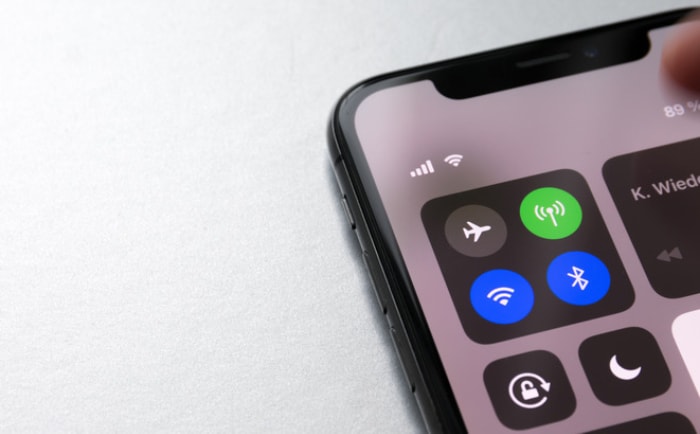60 FPS vs. 120 FPS: Is the Upgrade Worth the Cost?
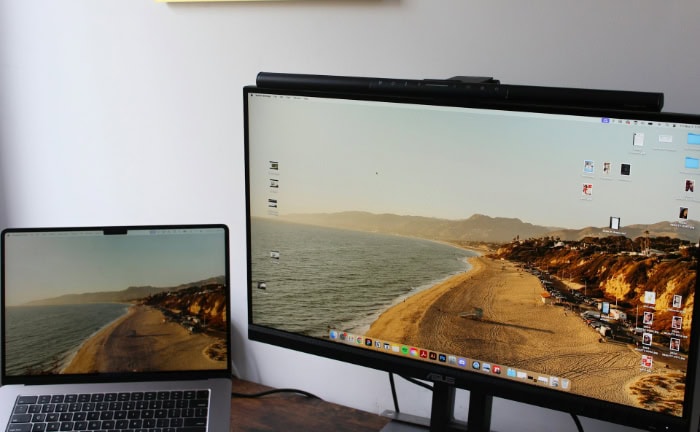
Racing through a fast-paced game or watching a captivating action scene, frame rate can be the difference between an experience that feels choppy and one that feels effortlessly smooth. For gamers, content creators, and even everyday viewers, 60 FPS has long been the gold standard.
Recently, 120 FPS displays and devices have started to raise the bar, promising even more fluidity and sharper visuals. But how much of this improvement is noticeable in real-world use? Is the leap worth the investment, or does it mostly benefit a select group of users?
FPS, Refresh Rate, and Perception
Frame rates and display performance play a major role in how movement appears on a screen, whether in games, videos, or even regular computer use. To appreciate the difference between 60 FPS and 120 FPS, it helps to first clarify how frame rate interacts with a display’s refresh rate, how our eyes perceive motion, and why certain numbers like 30, 60, or 120 FPS keep coming up in tech conversations.
FPS vs. Hz
Frame rate, measured in frames per second (FPS), describes how many unique images a device or software generates every second. Refresh rate, measured in hertz (Hz), refers to how many times per second your display can actually draw those images.
For truly smooth motion, both numbers need to be high and, ideally, closely matched. For example, if a game outputs 120 FPS but your monitor refreshes only 60 times per second, you will only see 60 distinct images per second, not the full 120 your hardware is capable of producing. The monitor essentially becomes a bottleneck.
On the other hand, if your monitor refreshes at 120 Hz but your game only outputs 60 FPS, the display repeats some frames, reducing smoothness. The most seamless experience happens when frame rate and refresh rate are synchronized, which is why so many modern gaming monitors and TVs are marketed with high refresh rates to match newer graphics hardware.
Human Perception Thresholds
The human eye and brain process motion in complex ways. Many people notice a significant improvement in smoothness as frame rates climb from 30 FPS to 60 FPS.
At 60 FPS, fast-moving scenes look more natural, and objects track more cleanly across the screen. Moving to 120 FPS, the improvement in motion clarity becomes subtler for some viewers but more pronounced for others, especially during rapid movement or camera panning.
While some argue that the human eye can’t notice differences above a certain frame rate, reality is more nuanced. Sensitivity to higher frame rates varies by individual and context.
Fast-paced gaming, sports, and action sequences tend to highlight the benefits of 120 FPS. Reduced motion blur, less ghosting, and less perceived flicker contribute to a more comfortable and immersive viewing experience, even if the jump from 60 to 120 FPS feels less drastic than the jump from 30 to 60 FPS.
Key Milestones in Performance History
Certain frame rates have become milestones in hardware and content delivery. For decades, 30 FPS dominated television and early video games. It provided just enough fluidity for basic motion but often felt jerky with fast action.
The rise of better hardware made 60 FPS the standard for smooth gameplay and video, noticeably improving how fast movement appeared.
Now, 120 FPS is gaining ground, driven mostly by high-end gaming and next-generation consoles. More screens, from monitors to high-end TVs, support 120 Hz refresh rates, allowing for even cleaner and more dynamic motion.
Most esports titles, competitive shooters, and action-oriented games benefit the most from 120 FPS. However, streaming services, movies, and most casual games remain at 30 or 60 FPS, as not all content or displays are built for these higher rates.
The journey from 30 to 60 to 120 FPS highlights the steady advancement of both technology and user expectations, pushing visual experiences closer to what feels natural to the human eye.
Visual Experience

The transition from 60 FPS to 120 FPS isn’t just a numbers game; it’s a matter of how motion appears to your eyes and how comfortable you feel after hours in front of a screen. Smoothness, clarity, and overall comfort can be noticeably affected by the frame rate, especially during fast action and extended sessions.
Motion Fluidity
Watching the same fast-paced gameplay or action film at both 60 FPS and 120 FPS makes certain contrasts stand out. At 120 FPS, motion often flows with a silky smoothness as each frame more accurately tracks objects’ movements.
Rapid camera pans, quick turns in a first-person shooter, or turbulent sports scenes benefit the most. Objects appear less jittery, and edges look more defined during motion.
However, the improvement isn’t always dramatic for every scene or every person. On slower-moving content or less demanding games, the leap from 60 FPS to 120 FPS may be subtle or entirely imperceptible to some viewers.
Age, eyesight, and levels of visual sensitivity play a role. For those who are particularly attuned to fast action, though, the extra frames deliver a crisper, more lifelike effect that can be hard to go back from once experienced.
Motion Blur and Ghosting
Motion blur remains a common complaint during fast movement, especially at lower frame rates. At 60 FPS, each frame lingers just long enough for rapid motion to smear or appear blurred.
When frame rate jumps to 120 FPS, the time between frames is halved. Objects stay sharper, even when crossing the screen quickly, which means fast movement looks far cleaner.
Ghosting, which shows up as faint trails behind moving objects, is also less pronounced at higher frame rates. Better synchronization between frame output and display refresh at 120 Hz or higher allows motion to remain clear and crisp.
Competitive gamers and racing fans especially notice the difference when tracking fast targets or navigating tight corners, where even small improvements in motion clarity can make the experience more enjoyable and less visually taxing.
Eye Strain and Fatigue
Extended screen sessions can leave your eyes tired, especially if motion looks choppy or blurred. Higher frame rates often mean smoother transitions, which in turn helps reduce the mental effort required to follow action on the screen.
With 120 FPS, the eyes do less work compensating for skipped frames or repeated images, so gaming marathons or long movie nights can feel easier on your vision.
Lower levels of flicker and smoother motion also contribute to greater comfort. Those prone to headaches or eye strain often find high-refresh-rate displays more pleasant, even if the improvement seems subtle at first glance.
Over time, the benefits of 120 FPS can add up, making a noticeable difference in how refreshed or fatigued you feel, especially during extended use.
Competitive and Gameplay Impact
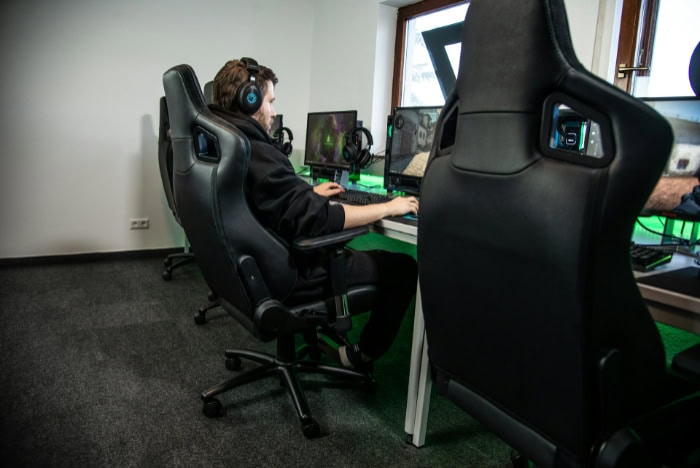
For gamers, especially those in fast-paced genres or competitive environments, frame rate is more than just an aesthetic upgrade. The difference between 60 FPS and 120 FPS is often measured in milliseconds, but those tiny slices of time can shape each match or play session.
Input Latency
Input latency refers to the time it takes for an action you perform, like clicking a mouse or pressing a key, to appear on your screen. Higher frame rates lead to faster updates between frames, which means any action you take is reflected more quickly in the game.
At 120 FPS, each frame lasts just over 8 milliseconds, compared to around 16 milliseconds at 60 FPS. That shaved-off time directly translates to snappier, more responsive controls.
A lower latency environment allows players to feel more connected to their game. Movements such as flick shots, quick camera turns, or precise timing in rhythm games become more immediate.
Reduced input lag doesn’t just feel better, it can also be the difference between landing a hit or missing entirely in tense moments.
Competitive Advantage
Competitive shooters, battle royales, and sports games reward players who can process information and react the fastest. At 120 FPS, animations display with greater clarity, and fast-moving targets appear in more precise positions every instant.
Tracking opponents, reading subtle visual cues, and aiming accurately all benefit from the smoother and more up-to-date information provided to the player.
Pro-level e-sports competitors often insist on equipment capable of running at the highest possible frame rates. Even for casual players, the smoother experience can make gameplay feel more enjoyable and less frustrating.
Consistency in what you see and how quickly your inputs register can give both psychological and mechanical advantages, especially in high-stress situations.
Screen Tearing and Stutter
Screen tearing occurs when the graphics card and display fall out of sync, causing parts of multiple frames to appear on screen at once. Stuttering, on the other hand, is the result of uneven frame pacing, making motion appear uneven or jerky.
Higher frame rates help minimize these issues, but the most seamless experience comes when 120 FPS is paired with technology like Variable Refresh Rate (VRR), G-Sync, or FreeSync.
Such synchronization solutions allow the monitor to match its refresh rate exactly with the output from the graphics card. Motion appears buttery smooth, artifacts are greatly reduced, and the overall competitive experience feels professional-grade.
For those who crave the cleanest possible visuals and an uninterrupted connection with the game, 120 FPS paired with VRR or similar technology creates an environment where skills and reflexes can truly shine.
Hardware Requirements and Setup
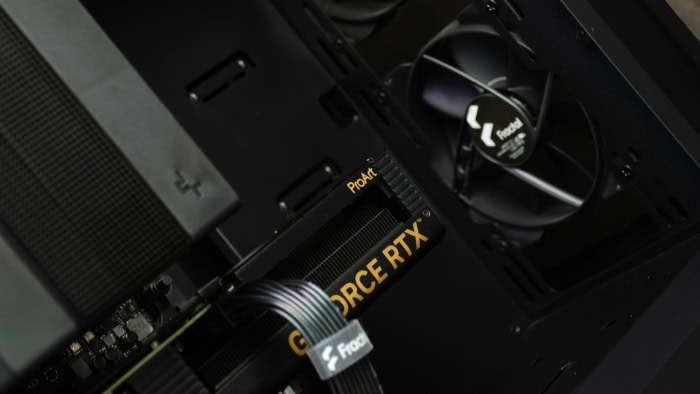
Jumping from 60 FPS to 120 FPS means more than just flipping a switch. Achieving higher frame rates and smoother visuals demands compatible hardware, capable graphics performance, and sometimes, tough choices about visual quality settings.
Display Essentials
Not all displays support 120 Hz refresh rates, so checking specifications before buying is important. For monitors, a true 120 Hz or higher panel is required to see frames beyond 60 FPS.
Some monitors use TN or IPS panels, each with its own mix of speed, color, and viewing angles. IPS panels offer better color accuracy and viewing angles, while TN often delivers the fastest refresh and lowest input lag.
Modern TVs supporting 120 Hz often require HDMI 2.1 ports to handle the high bandwidth of 4K at high refresh rates. Without HDMI 2.1, even a 120 Hz panel might be limited to lower resolutions or refresh rates.
Another feature to look for is Variable Refresh Rate (VRR) technology, which includes standards like G-Sync and FreeSync. VRR dynamically matches the display’s refresh rate to the output of your system, reducing stutter and screen tearing for a consistently smooth experience.
GPU/CPU Headroom
Games running at 120 FPS place significant demand on both the GPU and CPU. The graphics card must process and output twice as many frames per second, which increases the load dramatically, especially at higher resolutions like 1440p or 4K.
Powerful GPUs, such as those from the latest NVIDIA GeForce or AMD Radeon lines, are often necessary to sustain 120 FPS in today’s most visually complex titles.
The CPU also plays a crucial role, particularly in games with heavy physics, AI, or simulation elements. At higher frame rates, the CPU must keep up with regular data updates to maintain smooth performance.
Systems with older processors or limited RAM may struggle to keep frame rates consistently high, resulting in dips or unstable performance. Balancing graphic settings, like shadow quality or post-processing effects, is sometimes required to keep frame rates up without sacrificing too much visual fidelity.
Console vs. PC Considerations
Modern gaming consoles, such as PlayStation 5 and Xbox Series X, have joined the high frame rate movement, offering select titles at 120 FPS. However, consoles often achieve this by reducing resolution, dialing back graphical effects, or selectively simplifying scenes.
Not every game supports 120 FPS on consoles, and the feature is more common in multiplayer or e-sports-focused titles than in open-world epics or cinematic adventures.
PCs, by contrast, allow much more flexibility. A sufficiently powerful gaming PC can reach 120 FPS in a broader array of games, provided the hardware and display can keep up.
Users often have more granular control over graphical settings, allowing for fine-tuning of performance and visual quality. PCs paired with advanced monitors can also take advantage of cutting-edge VRR technologies, eliminating stutter and tearing more effectively than many TVs.
Cost, Efficiency, and Real-World Trade-Offs
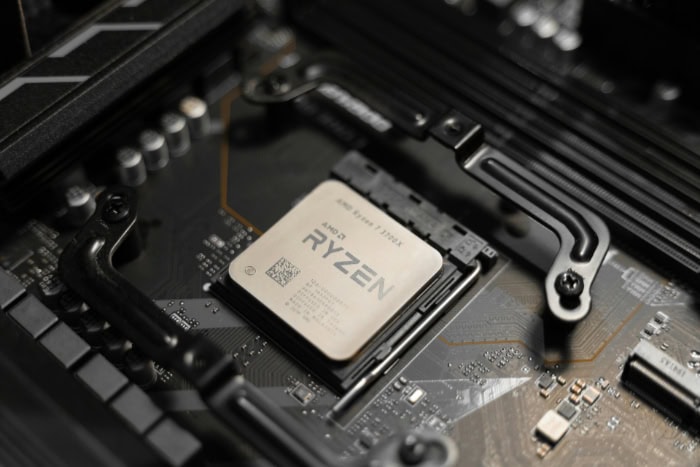
Upgrading from 60 FPS to 120 FPS often feels tempting, especially when the promise of ultra-smooth visuals and responsive gameplay is involved. However, the leap to higher frame rates is not purely about visual advantage.
Real-world constraints like budget, power consumption, and personal needs all come into play.
Diminishing Returns
For many users, the upgrade from 30 FPS to 60 FPS brings an immediate and dramatic improvement in how fluid and natural motion appears. Going from 60 FPS to 120 FPS, however, introduces a law of diminishing returns.
The visual jump is real, but often subtler, and not everyone perceives the same benefit. Enthusiasts and competitive gamers may appreciate every extra frame, while casual viewers and players might hardly notice the change in slower-paced content.
Cost becomes a significant factor at this stage. High-refresh-rate monitors and TVs, along with more powerful GPUs or consoles, come with higher price tags.
Spending more may not always make sense unless your eyes and habits truly take advantage of those additional frames. For some, allocating that budget elsewhere, such as toward a better CPU, larger screen, or quality-of-life peripherals, might provide more day-to-day satisfaction.
Power, Thermals, and Acoustics
Generating twice as many frames each second requires more power from both graphics cards and processors. This heightened demand can translate into increased electricity usage, more heat output, and louder fans working to keep systems cool.
In small rooms or quieter environments, more aggressive cooling can make a difference in comfort, especially during long gaming sessions or marathons of high frame-rate video content.
Efficiency remains an important consideration, particularly for those mindful of power bills or who live in warmer climates. Higher-end graphics cards run hotter and often require beefier power supplies.
Some users might choose to cap their frame rates or adjust settings to strike a better balance between performance and comfort, especially if their games or viewing habits don’t always require the highest speeds.
Personal Sensitivity and Use Cases
No two viewers experience frame rates in exactly the same way. Some individuals feel an instant difference when moving up to 120 FPS, while others only notice during hectic gameplay or fast panning shots.
For slower genres, cinematic experiences, or general productivity, 60 FPS may already feel flawless. Fast-paced shooters, racing games, and e-sports, on the other hand, showcase the most obvious benefits of higher frame rates, giving sharper visuals alongside a competitive edge.
Evaluating your use cases helps clarify the best direction. Those who watch movies, create content, or play turn-based games might get more mileage from a high-quality 60 Hz display.
Those who regularly engage in quick-reaction, high-speed games will get more from 120 FPS, and the investment pays off in both performance and satisfaction. Tailoring your setup to your own comfort and needs ensures that every upgrade brings real-world value, rather than just chasing bigger numbers.
Conclusion
Choosing between 60 FPS and 120 FPS means considering much more than just smoother animations. Visually, 120 FPS brings greater motion clarity and a cleaner experience, which benefits fast-paced games and action-heavy content the most.
Competitive players, in particular, enjoy tangible benefits such as lower latency, sharper visuals, and a more consistent response during crucial moments, while fans of e-sports and fast shooters may find the leap game-changing.
Achieving 120 FPS consistently depends on having the right hardware. Displays must support higher refresh rates, and both the GPU and CPU need enough headroom to keep up.
On top of that, gaming on PC often allows for more customization and higher frame rates, while consoles offer 120 FPS in select titles but with some trade-offs in graphical fidelity.
Cost, efficiency, and personal use all come into play. Investing in a 120 Hz monitor or TV, along with a powerful graphics card, represents a significant price jump.
There are also increased demands on power usage and heat management. For some, especially those who play slower-paced games or use their screens for content creation and media, 60 FPS can already feel incredibly smooth and satisfying.
Weighing an upgrade comes down to individual priorities. If you’re drawn to competitive gaming, crave ultra-smooth motion, or simply want the best that current technology can provide, making the leap to 120 FPS makes sense.
For others who prioritize value, efficiency, or use their setup for more relaxed tasks, sticking with 60 FPS remains a smart and rewarding choice. Matching your expectations and needs to your hardware will always deliver the best experience, no matter which frame rate you choose.

